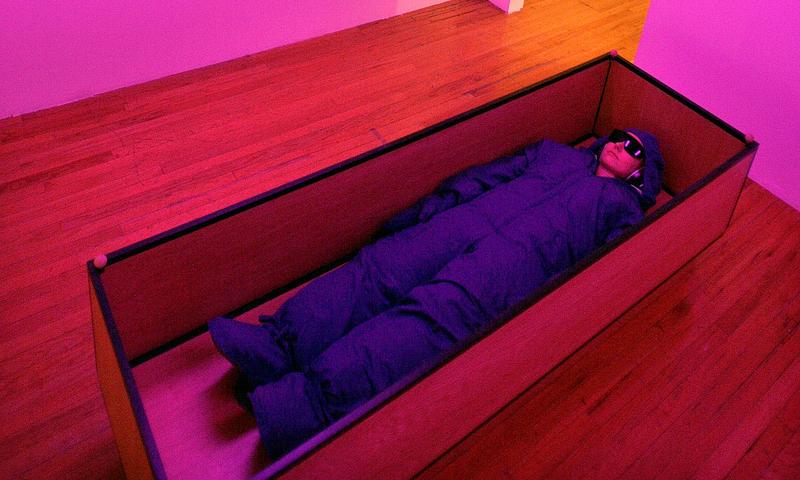INTERSTICE – Dreams
Concepts
Exploring the concept of interstice as dreams – metaphorical gaps between reality
Dreams occur during our sleep, where we are unconscious and not in control of what we see. They are often forgotten and seemed to serve no concrete purpose as compared to our conscious reality. Dreams cannot be recalled to its full detail and experience without conscious effort. While its narrative holds no limits, be it a joyful or horrific experience, it serves as an escape from our routine daily life.
Definition and Characteristics
Interactive Works as Inspiration:
DREAM 2.2 (2018)
Initial interactive ideas
- Dream as a movie – physical record of dreams
The visual representation of dreams through story telling
Idea: Exhibiting a ‘dream’ of participants
The sleeping viewer serves as the input for interaction where emotional conditions (heart-rate, sweat glands, temperature, movement, etc) are measured to reflect the dream he is experiencing. As a response to the inputs, lights and projection can be used as indications of the emotional narrative of the dream, where it can be “experienced” by the viewer and be a form of story-telling to the watching viewers.
Inspiration of set-up:
Dream House by Marina Abramovic “Dream House” by Marina Abramovic is an experiential work where participants are live in a house overnight and sleep in conditions that facilitates dreaming. Their dreams are physically recorded in “dream books” the following morning.
Issues and further questions:
– Condition: how can we make sure the viewer is asleep?
– Duration: how long will the work take if it involved dreaming and deep sleep of a single participant?
– Interaction is pretty one-way, where the inputs result in a certain outcome.
– The limitation of input by the viewer: Can the inputs be measured and have various outcomes?
– In what way can we link different inputs to different outcomes? For example, does a fast heart rate indicate the emotion of fear and what light can be used to evoke the emotion? - Dreams as a construct of random brain waves
Idea: The viewer are in control of the narrative of the work by arranging a sequence of brain waves (alpha, beta, delta, theta)
Input: Buttons of to send brain waves
Output: images, light and soundIssues:
– The interaction is too simple.
– How can the output be best represented as a dream instead of a performance.
FINAL CONCEPT
After discussing with my partner, we decided to explore the state of mind between sleeping and waking. We intend to explore interstice in a subtle manner, focusing on the gap between consciousness and unconsciousness.
Characteristics of sleep:
- Comforting, calm, rest between the busyness of reality
- Cycle of time: fall asleep to wake up
- Dreams: unexplainable, abrupt, forgettable, ephemeral
- Disrupted by reality
Idea:
Creating a space that recreates the experience of sleeping and dreaming only to be disturbed by reality (alarms that disrupt rest). We want to use time and disruption as a physical representation of the moment one is awaken by reality. The space would response according to its conditions.
Components:
1. Wall of alarm clocks – Triggered by participant entering room
2. Projection of “dream” – Triggered by movement/ heart rate/ touch sensor
3. Lights – Triggered by sounds of alarms
Draft of sequence:





